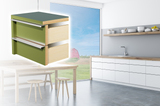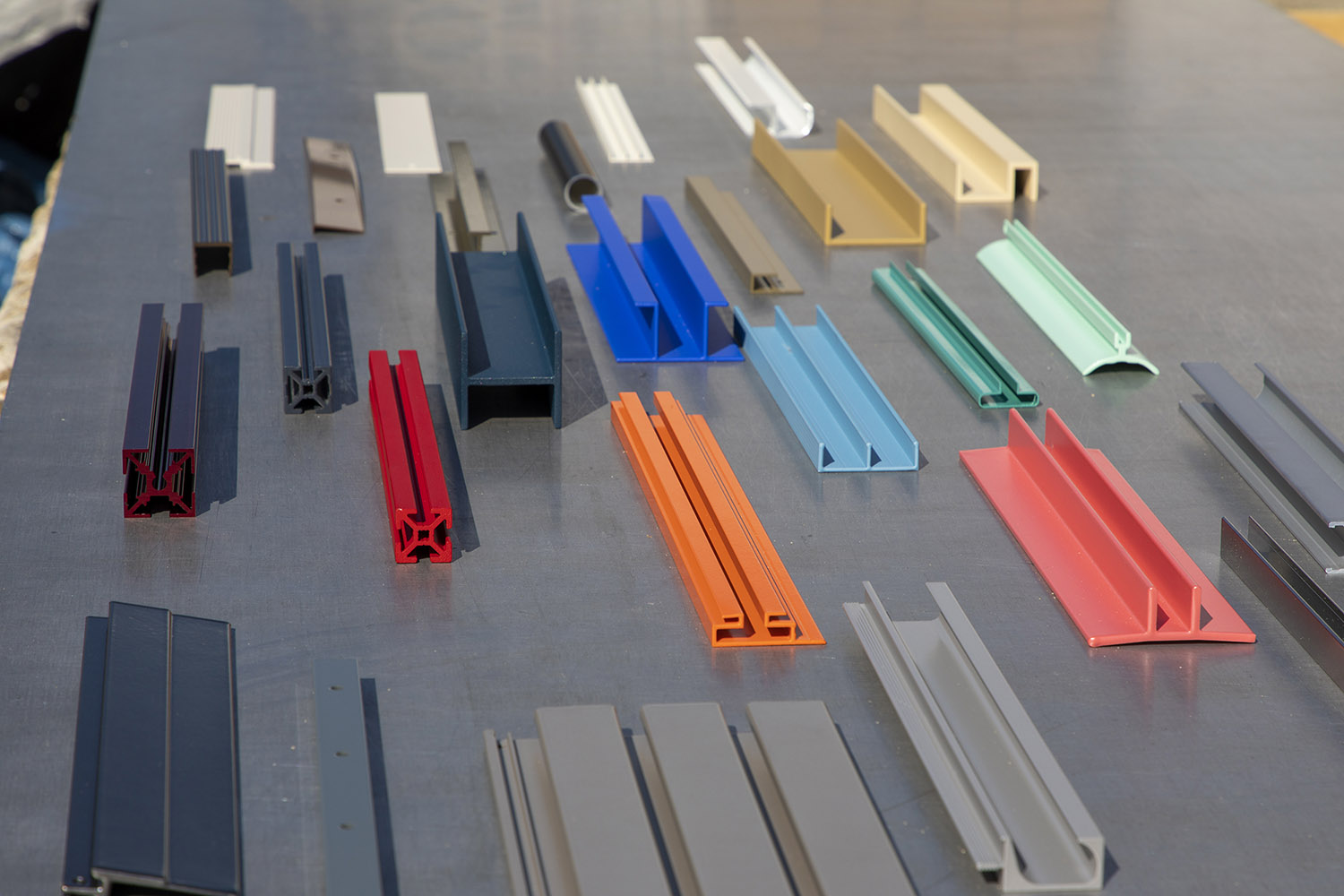Five Advantages of Aluminum in Construction

Aluminum has been a prominent building material since the early 20th Century. In fact, the interior walls and ceilings of many of New York's skyscrapers are constructed from this versatile element. Perhaps the most famous building constructed in aluminum is the Empire State Building — originally built in 1931.
Because of its abundant nature and low cost, nearly a quarter of the aluminum produced worldwide is used in the construction industry. A durable and robust metal, yet light-weight and corrosion-resistant, makes it highly valuable for modern building projects.
Today, we’ll discuss why builders prefer and rely on aluminum for construction projects.
How Is Aluminum Used in Construction
Aluminum alloys have a wide range of applications in the building industry. From exterior structural support, interior walls, ceilings, stairs, siding, roofing, gutters, downspouts to window and door frames.
Because aluminum provides lightweight yet sturdy frames, it has become popular among builders, architects, designers and engineers. Skyscrapers, stadiums, bridges and homes are frequently constructed from aluminum, making this perhaps the most chosen material in the construction industry.
The Advantages Of Aluminum In Construction
Aluminum is recognized for its low weight and durability, but quite a few other advantages make this the material of choice in construction. They are as follows:
1. Price
Early on, aluminum was virtually unused as the metal was too expensive and not produced in sufficient volumes. By the 1920s, that all changed. The electrolysis process — a process that reduces the cost of energy involved in extracting aluminum by allowing aluminum oxide to move freely at a lower temperature — reduced the cost of aluminum by 80%.
Using aluminum in construction since then has become far more cost-effective.
Because aluminum is lightweight, strong, versatile, and recyclable, it makes for a highly economical building material.
2. Weight
Weighing in at about a third of the weight of steel makes aluminum a top choice for construction projects. In 1993, the Empire State Building underwent an extensive makeover replacing 6,514 iron-framed windows with lighter and more efficient aluminum frames.
Thanks to its proven durability and strength-to-weight ratio, aluminum is most often used to build high-rises and skyscrapers. Imagine the weight of a steel skyscraper and the expense involved with setting a foundation to support this weight.
When bringing a creative vision to life, aluminum out-performs almost every other building material. Transporting, dismantling, and moving this versatile material is also less costly than steel because of its lightweight benefit. Lightweight mechanical components minimize counterbalances when considering the complicated architectural and engineering process.
3. Durability
Aluminum is very durable, making it an ideal building material for use in the construction industry. With time-tested endurance, aluminum is resistant to water, corrosion and is immune to the harmful effects of UV rays.
Aluminum is an excellent choice when building in areas with extremely cold weather. While other metals can become brittle in freezing temperatures, aluminum will sustain and improve ductility (the capacity of a material to deform in response to stress).
In contrast to steel, which rapidly becomes brittle in low temperatures, aluminum shows increased tensile strength as temperatures drop.
Aluminum was one of the key materials used to build the Sanki Bobsledding Center for the 2014 Olympics in Sochi, Russia proving its superior use in the most extreme conditions.
Anodized aluminum creates a surface up to 3 times harder with the added benefit of resistance to chipping, flaking and peeling. This process only intensifies the anti-corrosion effects with more protection and durability.
4. Reflective Properties
Aluminum is much more heat-reflective than other building materials, making it an excellent choice for roofing and siding. Because aluminum reflects sunlight so well, it allows the home or building to stay cooler during warmer months. Saving on heating and lighting reduces the electricity costs significantly.
While aluminum reflects heat, other metals like galvanized steel will absorb more of the heat and energy from the sun. Galvanized steel becomes less reflective as it weathers.
An aluminum roof will reflect the light from the sun so effectively, reducing the internal heat by as much as 15 degrees, in contrast to steel.
5. Non-Toxic
Aluminum is inherently non-toxic and considered one of the most sustainable building materials in construction. It is 100% recyclable and can be recycled into itself repeatedly without losing any of its properties. Recycling aluminum takes about 5% of the necessary energy to produce the same amount of aluminum.
LEED (Leadership in Energy and Environmental Design) was established by The Green Building Council in 1994 to encourage sustainable practices and design. Aluminum and its green qualities continue to qualify under LEED standards and principles.
The use of aluminum in many building projects is considered one of the most sustainable and energy-efficient materials in construction. In many cases, it’s superior to steel and glass. Perhaps the most incredible example of aluminum’s sustainability is that 75% of all the aluminum ever produced is still in use today.
Complete Your Next Project With Orange Aluminum
There are numerous advantages beyond the five listed here in using aluminum for construction projects. From lower overall costs due to its weight and durability to its energy efficiency and sustainability, it’s clear why it’s a frequently preferred material choice.
Check out our page Everything You Need to Know About Aluminum and its Uses Today to learn more. You’ll find additional information and relevant content about the benefits of using aluminum in the building and construction industry.
Ready to reach out? Connect with one of our experts to discuss how we can assist with your next project! Or, subscribe to our newsletter to stay in the know.



